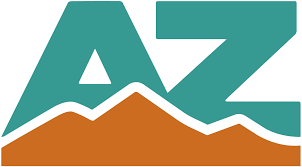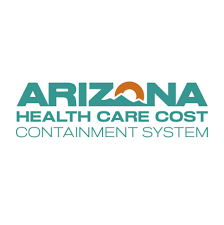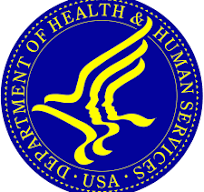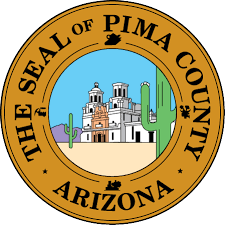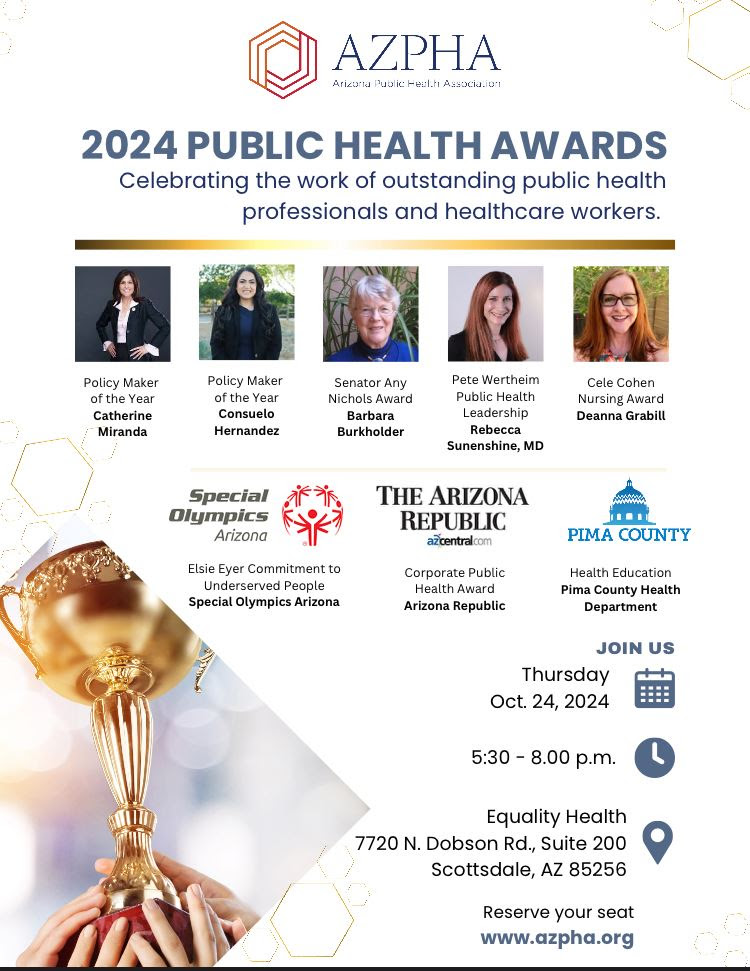The Advisory Committee on Immunization Practices is considering changes to the meningococcal vaccine schedule that could have serious negative consequences for adolescents. The ACIP is considering three different options to alter the current recommendations for meningococcal disease, one of which is dangerous and administratively damaging.
Option 3 is the worst option ACIP will be considering. It would end the recommendation for adolescents to get their first dose of the meningococcal vaccine (MenACWY) at 11-12 years old and shift that to 16 years old, followed by a second dose at 18.
The 11–12-year age range is the last good opportunity for routine doctor visits for many young people before they enter the more tumultuous teenage years. Many parents stop bringing their kids to the doctor for annual checkups once they hit high school (except for sports physicals that often don’t include vaccine opportunities).
Option 3 would also upend school attendance vaccine requirements already in place in most states, including Arizona. These school vaccination requirements are designed to keep our communities safe by ensuring widespread immunization.
If Option 3 is adopted, health insurers would likely stop covering the vaccine at 11-12 years old, making students ineligible for insurance-covered vaccination until they turn 16. This would force states (like Arizona) to choose between either repealing their vaccination requirements for younger adolescents or facing widespread noncompliance due to the lack of insurance coverage at the 11–12-year-old visit.
We can’t afford to take this risk. Vaccine coverage at age 11-12 not only protects against meningococcal disease when kids are at risk but also keeps our schools safe, health systems functioning smoothly. It also gets the vaccine on board before kids are lost to follow up.
The ACIP will likely make its final recommendation in February 2025. AZPHA will urge them to reject Option 3 when public comment starts because it’s a dangerous step backward that undermines adolescent health and the proven protections that the current vaccination schedule provides.

